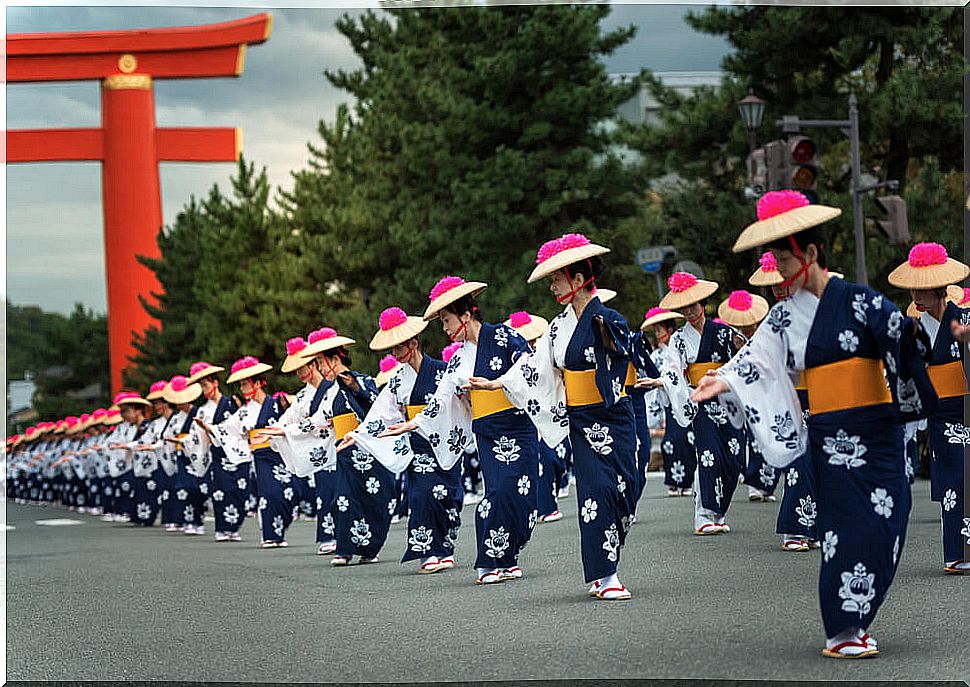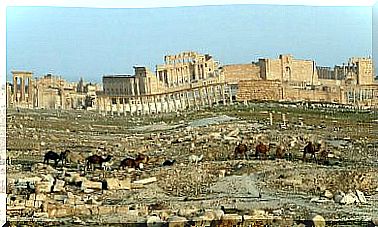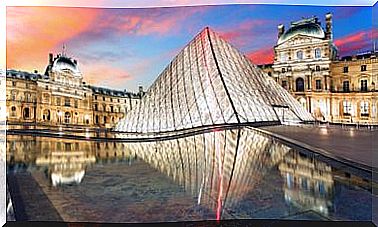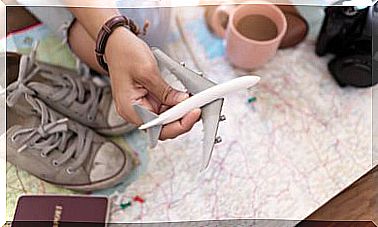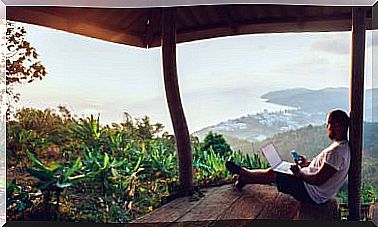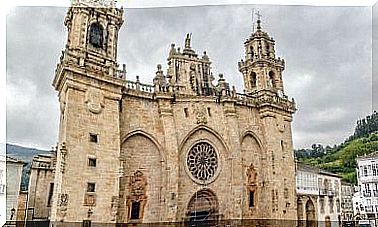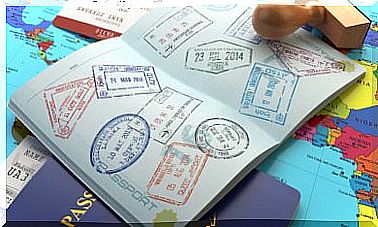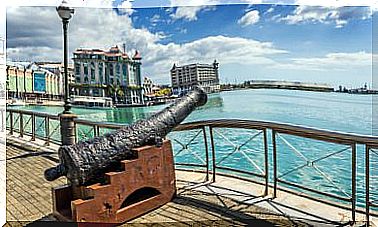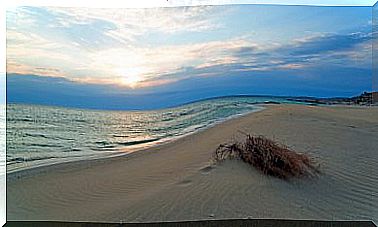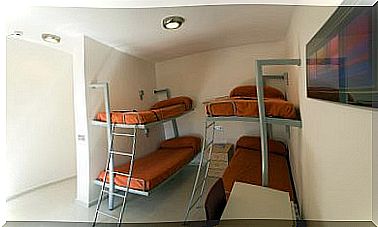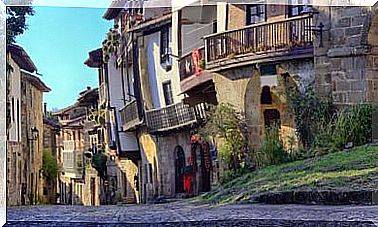The Soma Nomaoi Festival: A Tribute To The Samurai
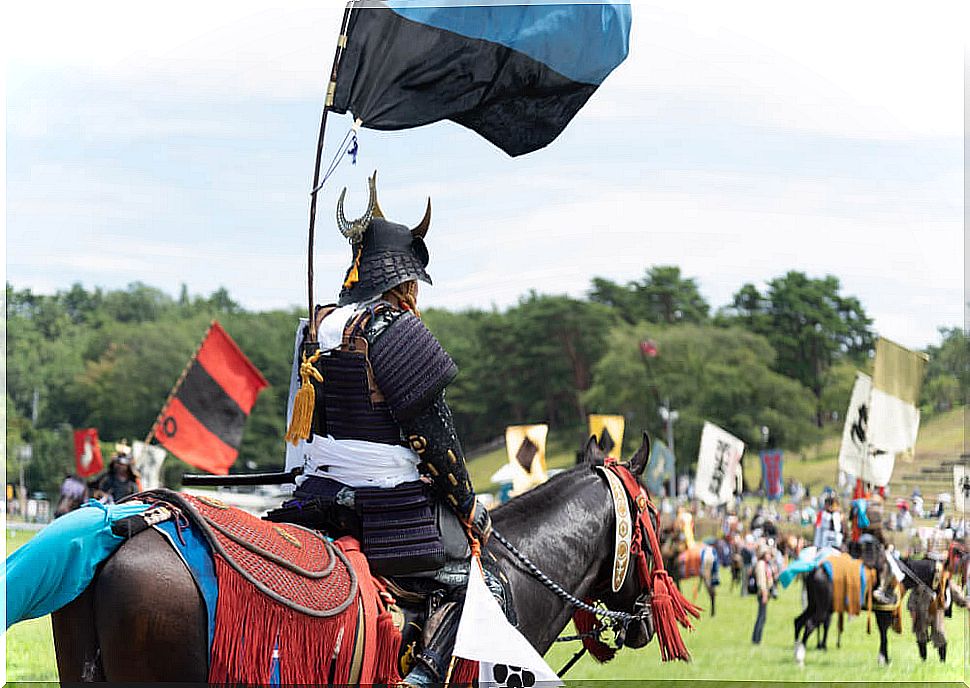
In Fukushima prefecture the Soma Nomaoi festival is celebrated every year. This region, known for its strong tradition related to horses, offers an unparalleled spectacle every end of July. Here we will not only have the opportunity to enjoy these wild horses, but to see hundreds of Japanese citizens dressed as samurai.
Therefore, we want to offer you all the necessary information so that you can enjoy one of the most famous festivals in the country. And it is that more and more tourists are planning their trip to Japan to coincide with the celebration of the festival.
The origin of the Soma Nomaoi festival
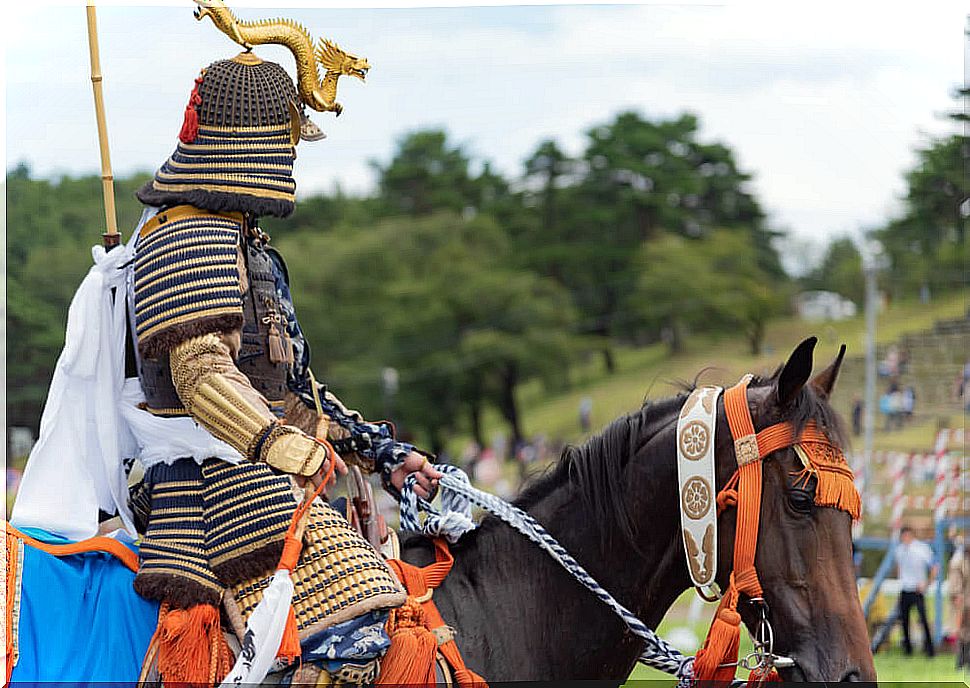
The origin of the festival dates back to the Sengoku era. The festival, with more than 1000 years of history, was carried out by the ancient exercise of Taira no Masakado. This was the founder of the Soma clan.
It is known that he based his military tactics on a wild horse release to confuse the enemy. After the battle, the horses were offered to the Shinto Myoken Bodhisattva in gratitude for the victory of his army.
Since then, in honor of this historical figure, the Soma Nomaoi festival has been celebrated every year. This lasts for three days in which you can see more than 500 Japanese dressed in their samurai armor and carrying banners and katanas. All parade and participate in the different rituals and activities on horseback.
Another of the peculiarities of this festival is that it is celebrated around a large area previously territories of the Soma clan, hence its name. The location of the festival is concentrated in the towns of Odaka, Haramachi and Kashima, in all of them a part of the festival is celebrated.
Enjoying the Soma Nomaoi festival
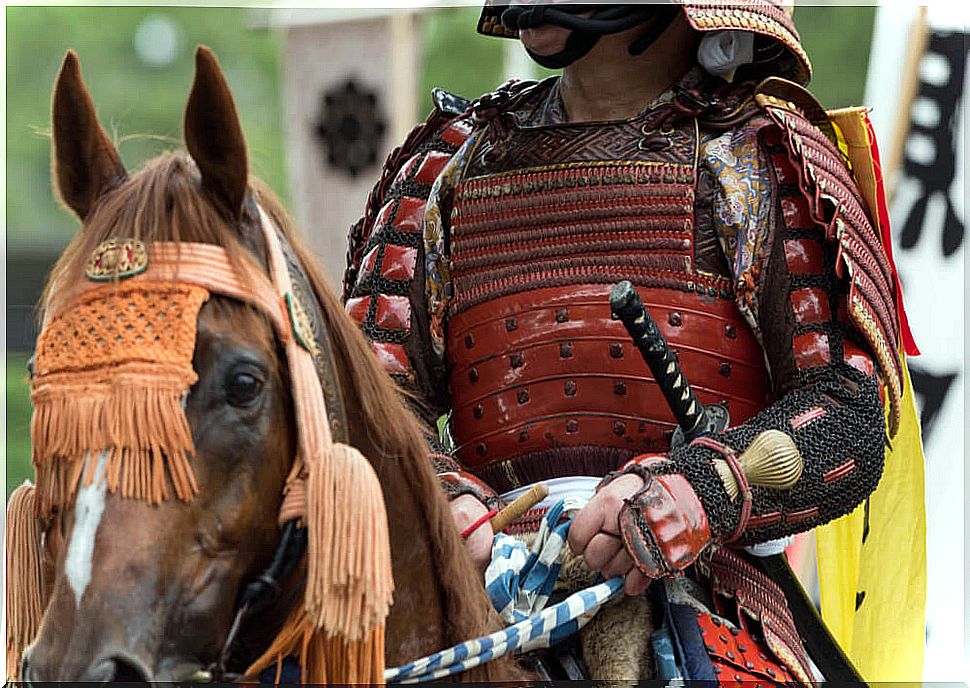
The first day of the festival begins with the Shutsujin ceremony, which is held in three different Shinto shrines. After this ceremony, the commander of the troops will blow the horn and wave the banner to notify the start of the festival and the trip to Hibarigahara. This is where the second day of the festival will begin.
This second part and closing of the first day of the festival takes place at the Kitago headquarters. Here we can see a perfect recreation of the ancient Japanese warrior troops waiting to be called by their leader. This ceremony is known as the Soutaishou-omukae.
The parade to Hibarigahara is the star moment of the festival. In addition to enjoying the parade, we can also see activities such as horse races, also known as Kacchu Keiba .
Another of the highlights of the big day of the festival is known as Shinki-soudatsusen, where samurai compete, mounted on horseback, to get the largest number of sacred flags.
The festival ends with the Nomakade, where samurai warriors in white robes compete to capture the largest number of unsaddled horses and bring them as an offering to the kami in the ancient shrine of Odaka.
Other data of interest
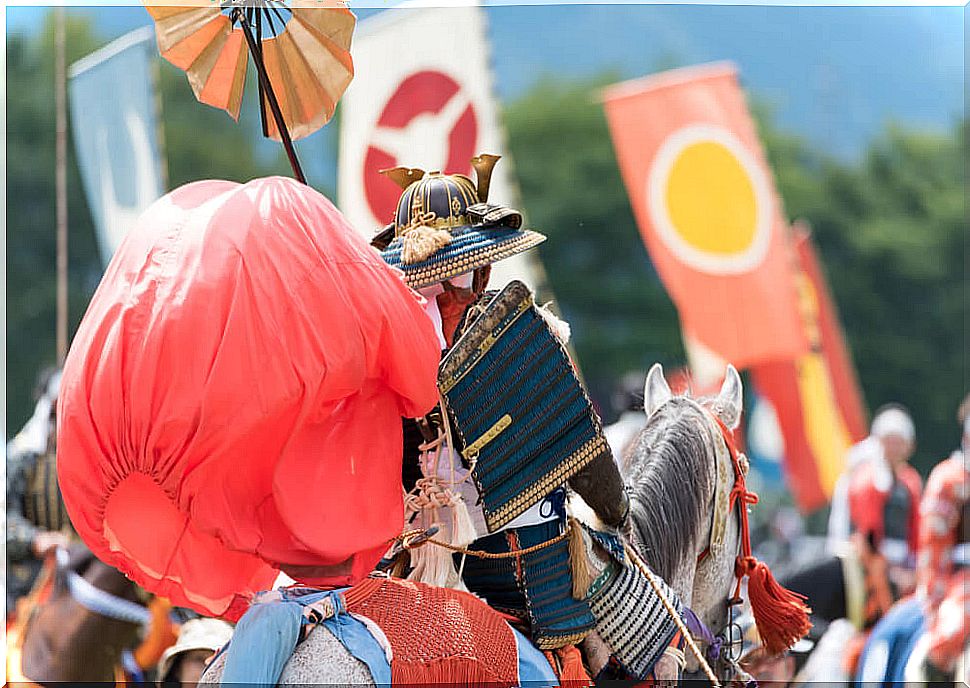
Getting to Soma is pretty easy. In fact, we can choose the means of transport we prefer: train, bus or own vehicle. Usually the most used means is to take the bullet train from Tohoku to Sendai and then make a small transfer to Haranomachi station.
The festival begins on the 23rd and ends with the ceremony of the offering of wild horses to the sanctuary on July 25th. However, pre-festival ceremonies are held on the 22nd at some of the most famous shrines in the region. The entrance to the festival has an affordable price, it is more a small donation to continue maintaining the tradition.
If we want to know more about this festival, we can visit the Municipal Museum of Minami Soma. Here we will find information, video reports and dioramas about the Soma Nomaoi and armor and other instruments used during the different rituals of the festival. The price of the ticket is about two euros and its hours are from 9:00 a.m. to 4:00 p.m.
